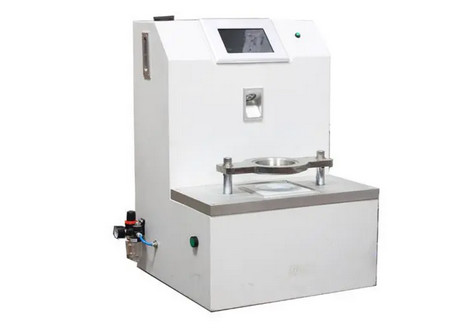Hydrostatic Head Testing for Outdoor Gear: Ensuring Protection Against the Elements
Hydrostatic head testing is a process that is used to determine the waterproofing capabilities of outdoor gear. This test assesses the level of water pressure that a fabric can withstand before it starts leaking. The test is essential in ensuring that outdoor gear, such as tents, jackets, and backpacks, can protect the wearer from the elements.
The hydrostatic head test involves placing a piece of fabric over a tube and filling the tube with water. The pressure of the water is then gradually increased until water starts to seep through the fabric. The point at which water begins to seep through the fabric is called the hydrostatic head rating. The higher the rating, the more waterproof the fabric is.

For outdoor gear, a hydrostatic head rating of at least 1500mm is considered waterproof. However, some manufacturers may have higher standards, such as a rating of 5000mm or more.
In addition to ensuring that outdoor gear is waterproof, hydrostatic head testing can also be used to determine the breathability of the fabric. Breathability is essential for outdoor gear, as it allows moisture to escape from the body, preventing overheating and discomfort.
Overall, hydrostatic head testing is a crucial step in ensuring that outdoor gear provides adequate protection against the elements. It helps manufacturers to determine the quality and durability of their products, and it gives consumers confidence that their gear will keep them dry and comfortable in all weather conditions.

